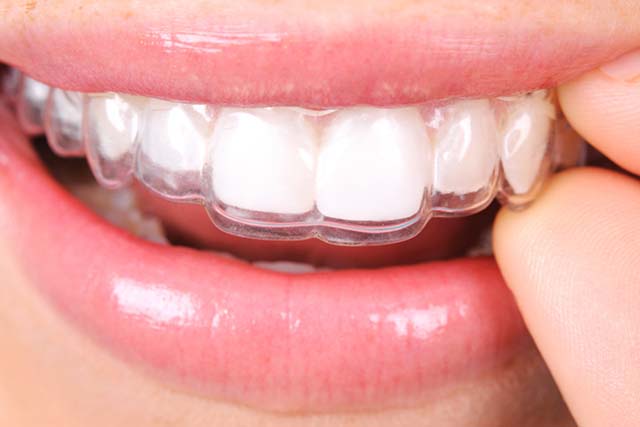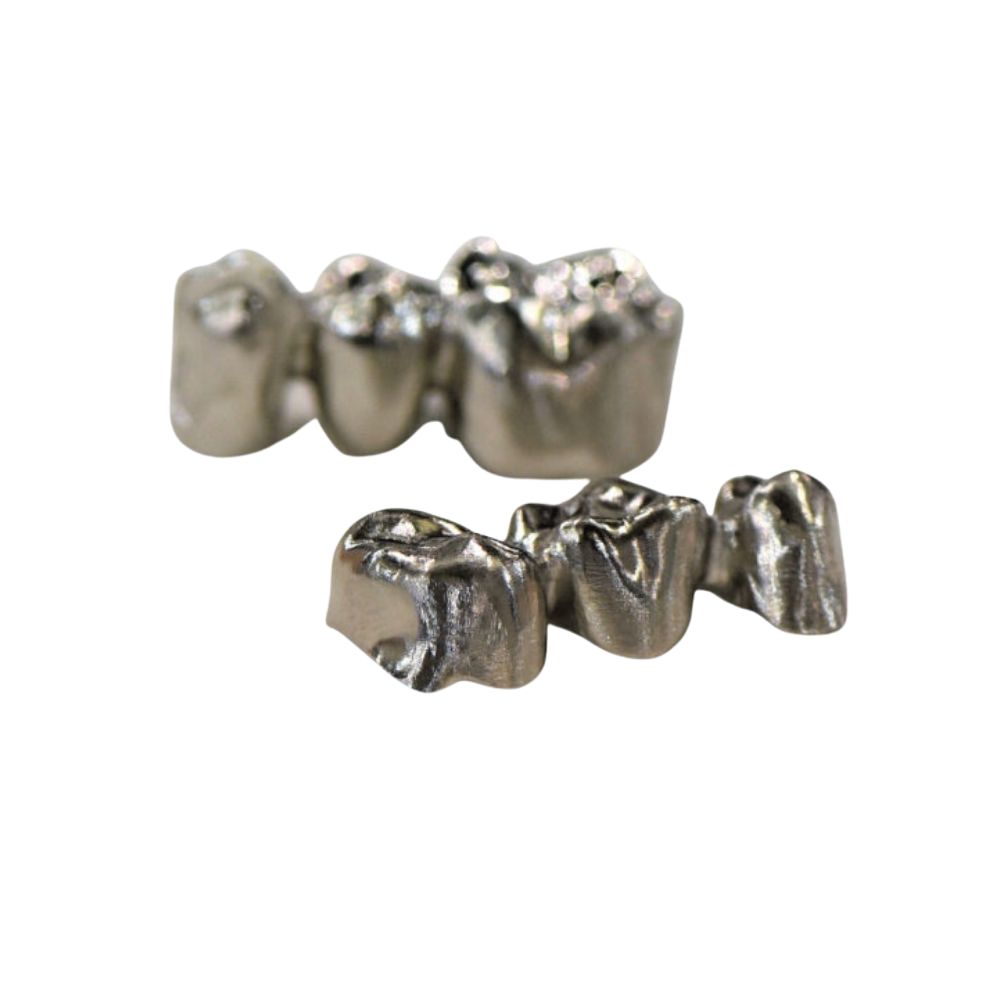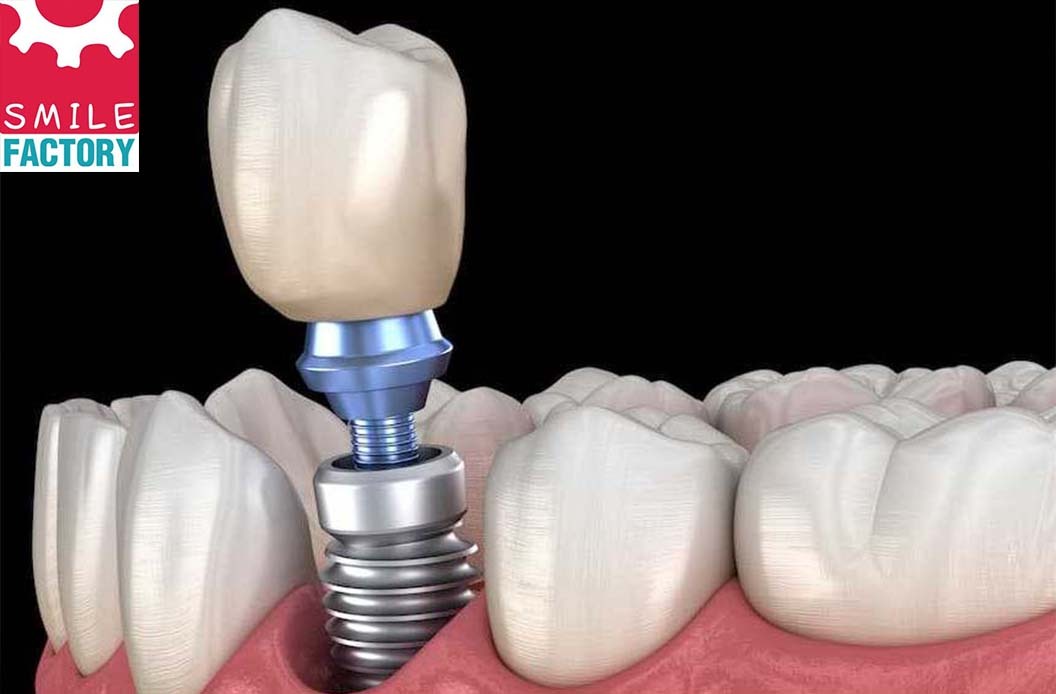Crowns And Bridges: Fix Teeth Permanently Today

Restoring a beautiful, healthy smile can be a life-changing experience, especially when it involves fixing teeth that are damaged, decayed, or missing. Two of the most popular and effective dental restoration options are crowns and bridges. These permanent solutions can not only enhance the aesthetic appeal of your teeth but also improve their functionality, allowing you to enjoy your favorite foods and speak with confidence.
Understanding Crowns

A dental crown is a cap that completely covers a tooth, restoring its shape, size, and strength. Crowns are often used to protect a weak tooth from further decay, cover a tooth that has had a root canal, or hide a tooth that is discolored or misshapen. They can be made from various materials, including porcelain, ceramic, gold, and resin, each with its own set of advantages. For instance, porcelain crowns are popular due to their natural appearance and durability, making them an excellent choice for teeth that are visible when you smile.
The Process of Getting a Crown
The process of getting a dental crown typically involves two visits to the dentist. During the first visit, the tooth is prepared by removing any decay and shaping it to fit the crown. An impression of the tooth is then taken, which is used to create the crown in a dental laboratory. A temporary crown is placed over the tooth to protect it until the permanent crown is ready. At the second visit, the temporary crown is removed, and the permanent crown is cemented into place. With proper care, a dental crown can last for many years, providing a long-term solution to tooth damage.
Exploring Bridges

A dental bridge is used to replace one or more missing teeth. It consists of two crowns that are placed on the teeth on either side of the gap, with a false tooth (pontic) in between. Bridges can be made from the same materials as crowns and are designed to match the color and shape of your natural teeth. They not only improve the appearance of your smile but also help to distribute the forces of biting and chewing evenly, preventing the surrounding teeth from shifting out of place.
Types of Bridges
There are several types of dental bridges, including traditional bridges, cantilever bridges, and Maryland bridges. Traditional bridges are the most common type and involve crowns on both teeth adjacent to the gap. Cantilever bridges are used when there are teeth on only one side of the gap, and Maryland bridges are attached to the back of the adjacent teeth, making them a good option for replacing missing front teeth.
Benefits of Crowns and Bridges
The benefits of crowns and bridges are numerous. They can significantly enhance the appearance of your teeth, boost your confidence, and improve your overall quality of life. By restoring your teeth, you can enjoy a wider range of foods, speak more clearly, and even reduce the risk of further dental problems. Additionally, crowns and bridges are durable and can last for many years with proper care, making them a worthwhile investment in your oral health.
The Procedure: What to Expect
When you visit your dentist for a crown or bridge, the first step is a thorough examination to assess the health of your teeth and gums. This may involve X-rays to check for any signs of decay or damage. Based on the examination, your dentist will discuss the best options for you, explaining the procedure, the materials used, and the expected outcome. The actual procedure for crowns typically takes two visits, as mentioned earlier, while the process for bridges is similar but may require additional steps depending on the type of bridge.
Aftercare and Maintenance

To ensure your crowns and bridges last as long as possible, it’s crucial to maintain good oral hygiene. This includes brushing your teeth at least twice a day with fluoride toothpaste, flossing once a day to remove plaque from between your teeth, and attending regular dental check-ups. Avoiding foods that are hard or sticky can also help prevent damage to your crowns and bridges.
How long do dental crowns and bridges last?
+Dental crowns and bridges can last for many years, typically ranging from 5 to 15 years or more, depending on the material used and how well you care for them. Proper oral hygiene and regular dental check-ups can significantly extend their lifespan.
Are crowns and bridges painful to get?
+While the procedure for getting crowns and bridges may cause some discomfort, your dentist can use local anesthesia to numb the area, making the process relatively painless. You might experience some sensitivity after the procedure, but this can be managed with over-the-counter pain relievers.
Can anyone get crowns and bridges?
+Crowns and bridges are suitable for most adults who have damaged or missing teeth. However, the suitability of these dental restorations depends on the health of your gums and the condition of the surrounding teeth. Your dentist will be able to advise you on the best options based on your individual dental needs.
Conclusion
Crowns and bridges offer a permanent solution for fixing damaged or missing teeth, enhancing both the appearance and functionality of your smile. By understanding the process, benefits, and aftercare involved, you can make an informed decision about whether crowns and bridges are right for you. With their durability and natural appearance, these dental restorations can significantly improve your quality of life, allowing you to enjoy a healthier, happier smile for years to come.